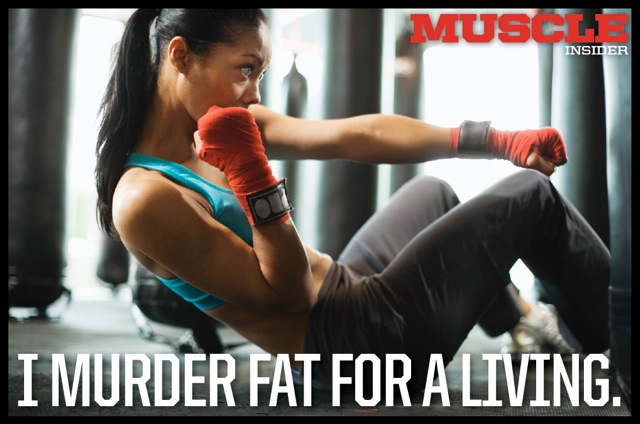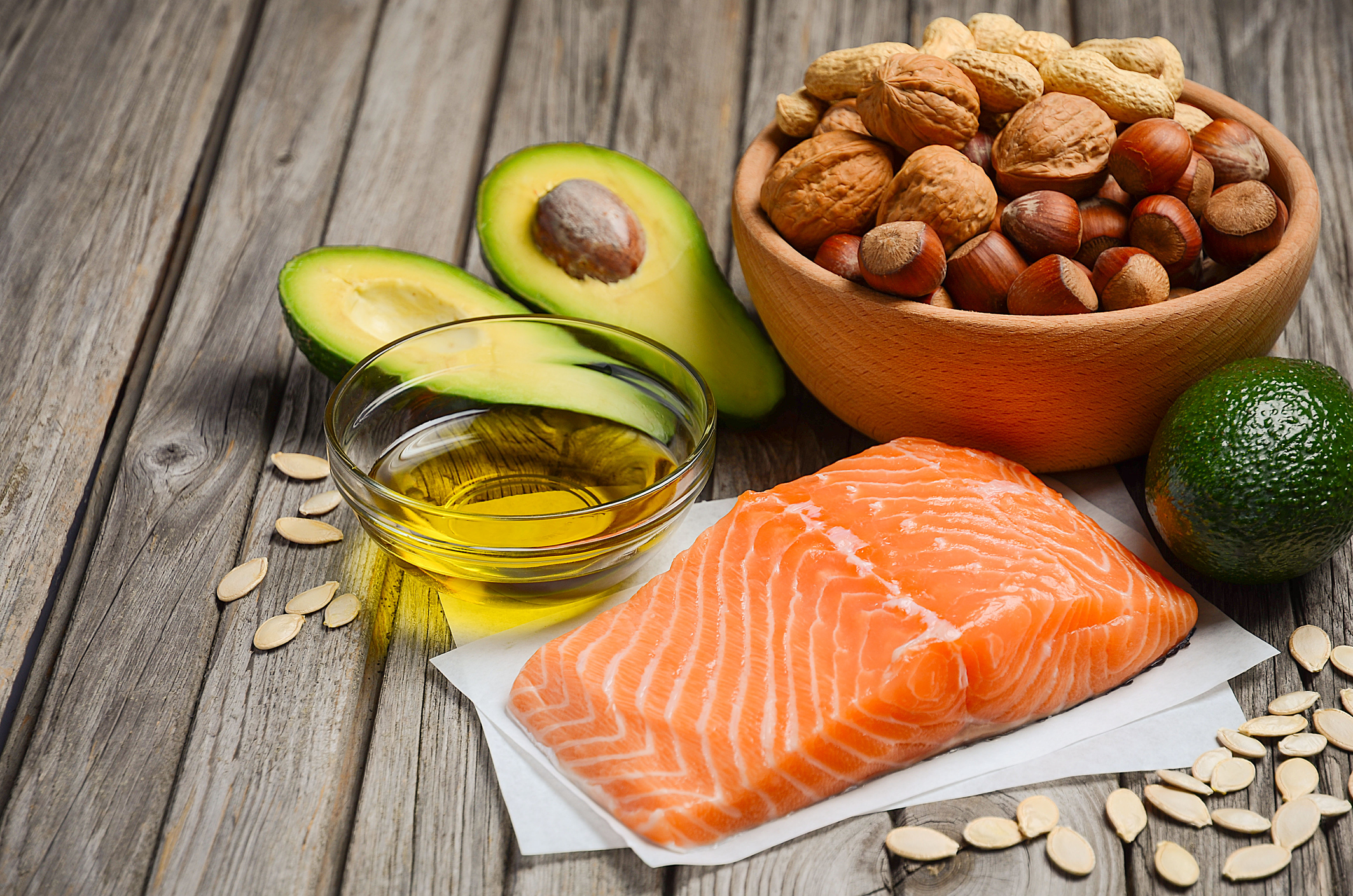Fitness Inventor


Top 4 Ways To Boost Your Metabolism
When the MUSCLE INSIDER crew asked me to discuss things that boost metabolic rate, I very quickly realized that there are dozens! Of course, there are drugs such as thyroid (T3/T4), clenbuterol, the lethal DNP, amphetamines, certain steroids, etc. Then there’s the body’s response to various environmental factors: exposure to cold, getting the flu, or being badly burned. These can all increase the metabolism very substantially. Of course, most of us will want to avoid freezing, becoming ill, or many of the hardcore drugs (some of these drugs, especially DNP, have caused multiple deaths).
So that brings us to the best strategies that are most effective, legal, and unlikely to threaten our health. As always, I’ve tried to add several interesting additional bits of information, so that even those who read up on this stuff regularly are likely to pick up a few new tidbits.

1. Protein
Okay, no huge surprise here, but getting a good dosage of protein at all meals and snacks and before training has significant, lasting effects on the thermic effect of food so that you burn more calories for several hours. In fact, the metabolic cost (the amount of calories/energy required) to digest and absorb protein takes up about one quarter of the calories it contains, whereas if you eat fat or carbs instead, the energy required is fairly insignificant. Studies of people doing fasted exercise versus having protein prior to training show a prolonged increase in metabolic rate from pre-workout protein.

2. Intense Exercise
Again, no surprise, but again, you should be aware of the details: Just doing moderate-intensity cardio won’t significantly increase your metabolic rate once you’re done (assuming you’re reasonably adapted to the cardio activity). By the time you’re drying off from your shower, your metabolism is pretty much back to normal. This isn’t the case with intense weight training or high-intensity interval training (HIIT). If properly done, HIIT causes a substantial depletion of glycogen, resulting in not only empty muscle “fuel tanks” that must be replenished (thus drawing calories away from potential fat storage) but also a shift towards greater fat burning throughout the day(s) afterwards in the body’s attempt to spare carbs from being oxidized to refill glycogen. In the case of heavy, intense resistance training, the same glycogen situation exists, but in addition, there’s inflammation and microtrauma to muscle fibres, which requires energy for the body to mitigate and repair.
 3. Diet Adjustment
3. Diet Adjustment
The biggest mistake people make when they start a diet is to suddenly drop 500 or more calories. Human evolution has designed our bodies to interpret this as a threat, and the body compensates by slowing the metabolic rate, increasing hunger, and preferentially retaining body fat. There’s a substantial genetic component to this, and studies show that those people whose metabolisms slow to a greater extent from calorie restriction have a harder time losing weight. So make small adjustments to calories, reducing by only 100 to 200 calories and then giving this deficit a chance to have its effect for a week or two before evaluating and adjusting again if necessary.

4. Supplements
Supplements such as ephedrine combined with caffeine, green tea, cayenne, citrus aurantium, and others have all been shown to increase metabolic rate via thermogenesis (the burning off of calories as heat).
For 16 tips to shed fat and build a six pack - CLICK HERE!

